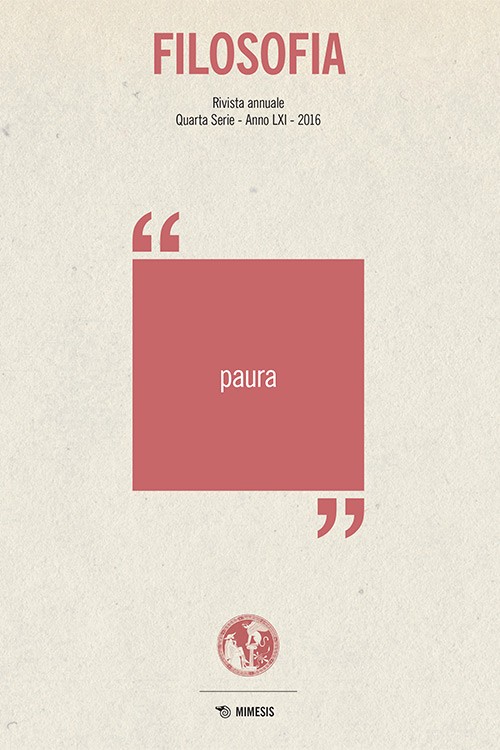La faccia del male. Annibale Carracci e l’autoritratto del 1604
DOI:
https://doi.org/10.13135/2704-8195/3915Parole chiave:
form, physiognomy, painting, matter, caricature, doubleAbstract
What is the relationship between a self-portrait and the definition of one’s identity? Annibale Carracci’s 1604 self-portrait (now on exhibition at the Hermitage Museum) seems to represent the painful process of self-formation of the subject portrayed against a dark and indistinct background. It portrays the instant the self comes into existence, under the weight of matter. In this context, evil becomes the real subject of Carracci’s art, a theme he extensively explored in his caricatures, especially in his witty distortions of human faces. From these faces emerges the memory of the Other, of the Id, and of the painter’s satanic double, all of which are still buried in the tumultuously magmatic matter. Thus, the light distortion of the face, a reminder of matter’s heaviness, becomes a tool of psychological analysis, an analysis where artistic form theory, philosophy, and physiognomy converge.
Downloads
##submission.downloads##
Come citare
Fascicolo
Sezione
Licenza
Filosofia applica una licenza Creative Commons Attribution 4.0 International License a tutto il materiale pubblicato.




